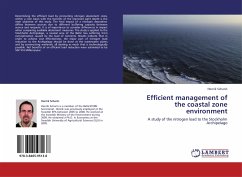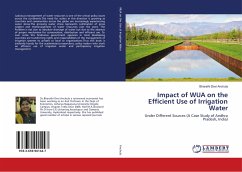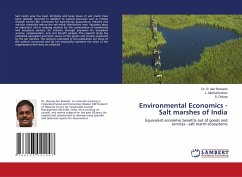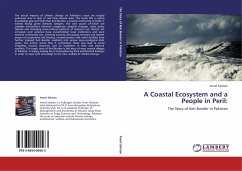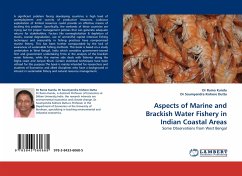Determining the efficient load by connecting nitrogen abatement costs, within a river basin with the benefits of the improved sight depth is the main objective of this study. The final impact of a nitrogen deposition differs between sources due to different buffering capacity between source and recipient. It is of importance to consider differences in impact when comparing available abatement measures. The study is applied to the Stockholm Archipelago, a coastal area of the Baltic Sea suffering from eutrophication caused by the load of nutrients. Results indicate that in order to achieve cost effectiveness, the major part of nitrogen load reduction to the Archipelago should be done at the wastewater plants and by constructing wetlands; all abating as much that is technologically possible. Net benefits of an efficient load reduction were estimated to be SEK 516 Millions/year.
Bitte wählen Sie Ihr Anliegen aus.
Rechnungen
Retourenschein anfordern
Bestellstatus
Storno

